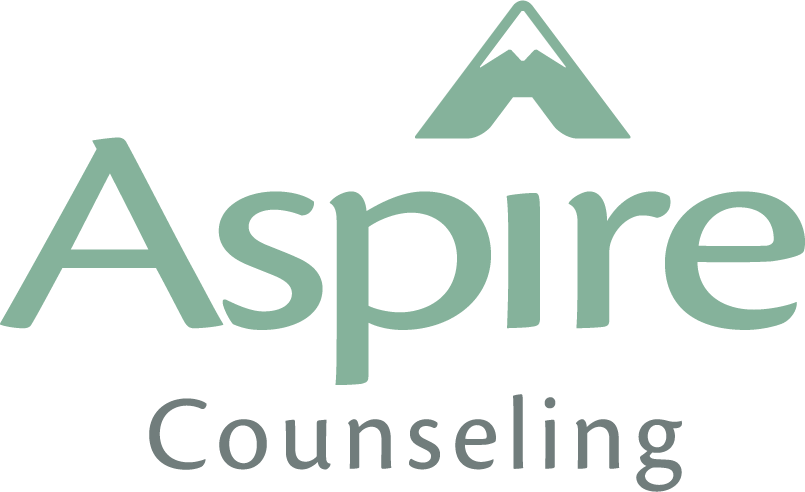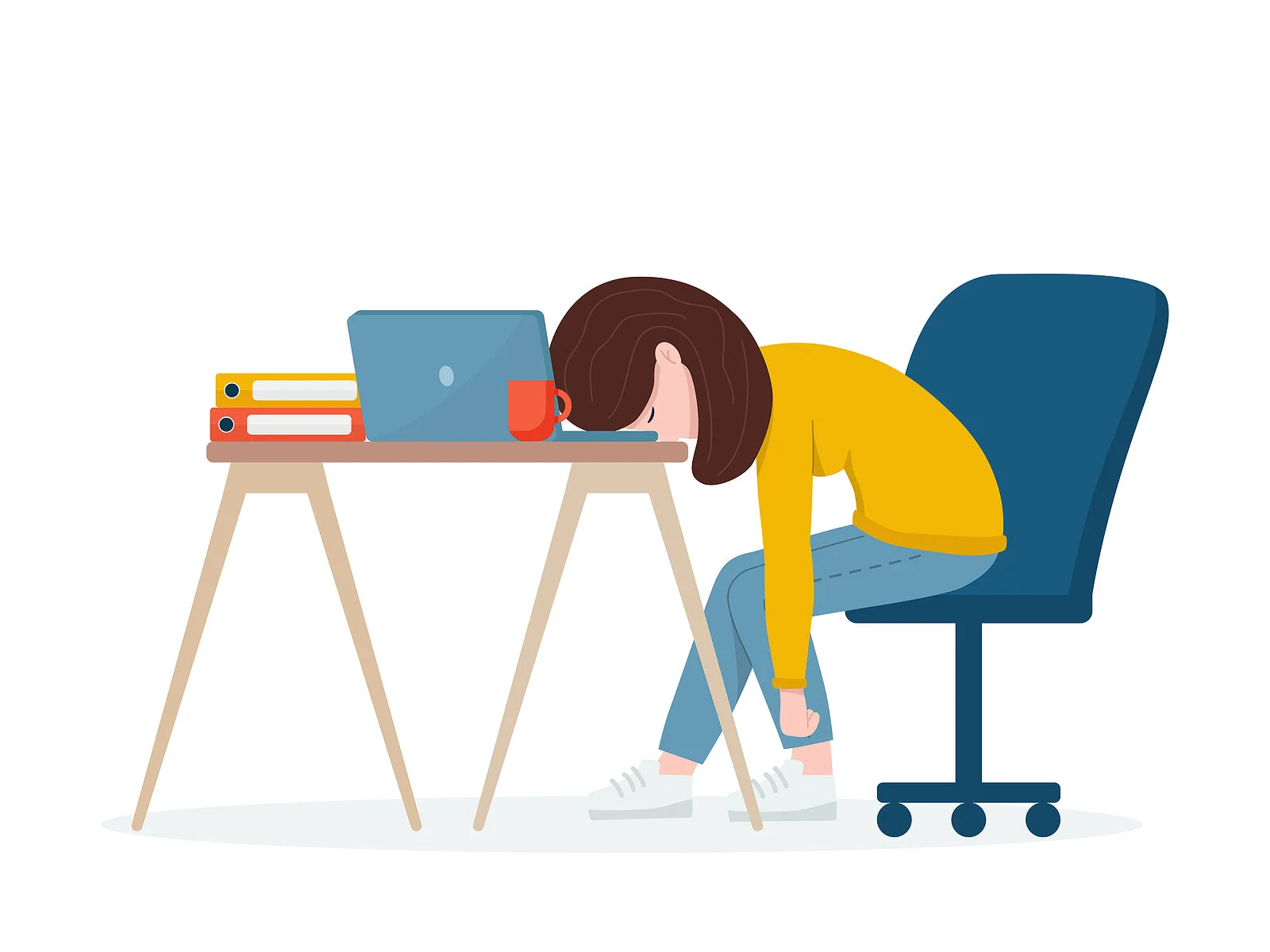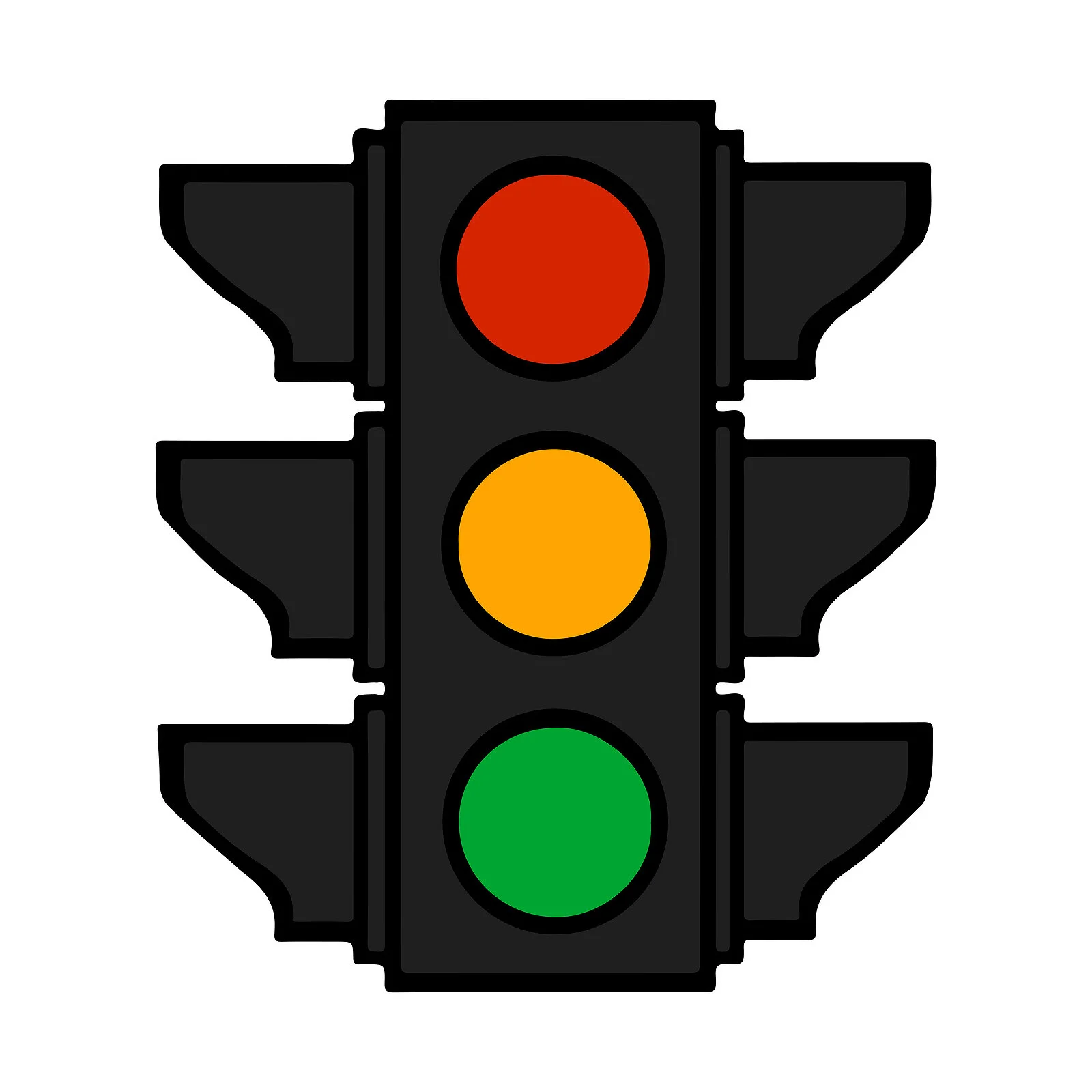Burnout, Therapist Edition
It started after my car accident in April. I had just started feeling a little better after what I believe was my first round of COVID-19 (this was before everyone could get tested at ay time) and I was making a very quick run to the store for meds and juice for my husband who was now just as sick as I had been. I thought I was clear to turn left and before I knew it, I ran right into a small sedan. As I sat by the side of the road, my totaled car with brand new tires being hauled away, I texted two clients letting them know I wasn’t going to make it back in time for our Zoom sessions and then called my husband. That’s right. I texted my clients before calling my husband.
As my husband and I scrambled to contact our insurance, order food, and buy new car seats online, I could feel my neck quickly stiffen- my sure sign of getting over stressed. My husband looked at me as I rubbed my neck and said, “Could you please take a week off?” My answer was an offended “No, of course not!” I mean, we were still in a shut down that had been extended, my clients were struggling even more than before, and what kind of therapist would I be if I took a week off?
All of the talk and papers I wrote about therapist well-being and self -care were left forgotten. Burnout or compassion fatigue were things other therapists experienced, not new therapists trying to be as capable and strong as her seasoned coworkers. And then during supervision, as I sobbed into my 2 year old’s hair who was sitting on my lap, I blubbered “I don’t understand how you’ve been a therapist for over 20 years. How do people make it that long?” And he responded, “Many don’t when they don’t know when to take a week off.” At the end of the session I scheduled a week off and let my clients know.
Signs of Burnout
For me, it was difficult to identify the signs of burnout for two reasons. One, my red flags had been around long enough that they just seemed normal. I even learned to see them as signs of doing a good job, challenging myself, something to be proud of. The second reason was because I justified them by referencing the pandemic and how everyone felt the same and of course I was drinking more, who wasn’t?
It wasn’t until I started seeing myself in my clients struggling with depression, anxiety, loneliness, and yes, increased drinking, that I couldn’t deny my burnout anymore. I’m sure you can identify burnout, stress, fatigue in others with no problem. You have withdrawal, persistent sadness, decline in healthy relationships at home and with friends, and reduced energy. But what are YOUR signs of burnout or emotional distress? Is it harder to reach empathy? Are you online shopping as you wait for your next client to join their Zoom session? How does your body feel? Put yourself on the coach for a minute and look at yourself through a therapist perspective. What do you see?
Ok, I’m burnt out. Now what?
Here are a few of my favorite tips to give clients, and to now practice myself, to address emotional distress.
Stoplight exercise
The stoplight exercise is a great tool for assessing what our duties, responsibilities, activities, and busy schedules. The red is for things that can be stopped now without any significant negative consequences. They aren’t essential but do seem to take up time and emotional effort. The yellow is for things that can be slowed down or put on pause. And the green is for things that must continue.
Come up with a plan
Developing a plan of action is essential. Maintaining a social support network is important as sometimes it is difficult to notice behavioral or emotional change in ourselves leaving us to rely on others for their perspective. Remember, it was my husband who first suggested I take time off and then my supervisor. If it hadn’t been for them, I would’ve continued to ignore my burnout. Adopt a minimalistic lifestyle for a time being by saying no more often. And don’t forget to take care of your physical health with exercise and nutritious food.
Seek help
And finally, seeking mental health consultation is not only for one’s clients but also for counselors themselves. If personal problems or even work related problems get to be too much to handle, counselors shouldn’t be afraid of seeking professional help themselves. Is money or time a concern? Remember, we all made the time and money for supervision at one point. Problem solving obstacles is what we would guide clients to do instead of letting them walk away from effective solutions.
And don’t forget…
The well-being of counselors has a direct implication on the service to clients. Counselors are more helpful to their clients when they are not emotionally healthy, psychologically intact, and not distracted by their own problems. Unlike my original self-talk, taking time off and taking care of yourself first can be the best thing you do for your clients and yourself.
About the Author
Diana Hughes is a PLPC and therapist at Aspire Counseling. She offers psychotherapy services to clients throughout the state of Missouri primarily through online therapy sessions. While Diana specializes in offering trauma therapy, DBT and counseling services in Spanish, she is able to work with a wide range of mental health issues. Diana works with both teenage and adult clients. She is currently under the supervision of Jeremy Duke, LPC as she works toward full Missouri licensure later this year.



